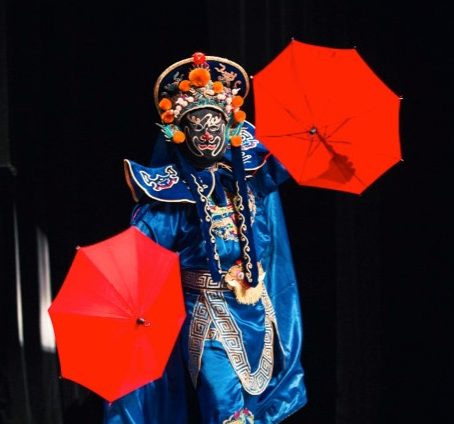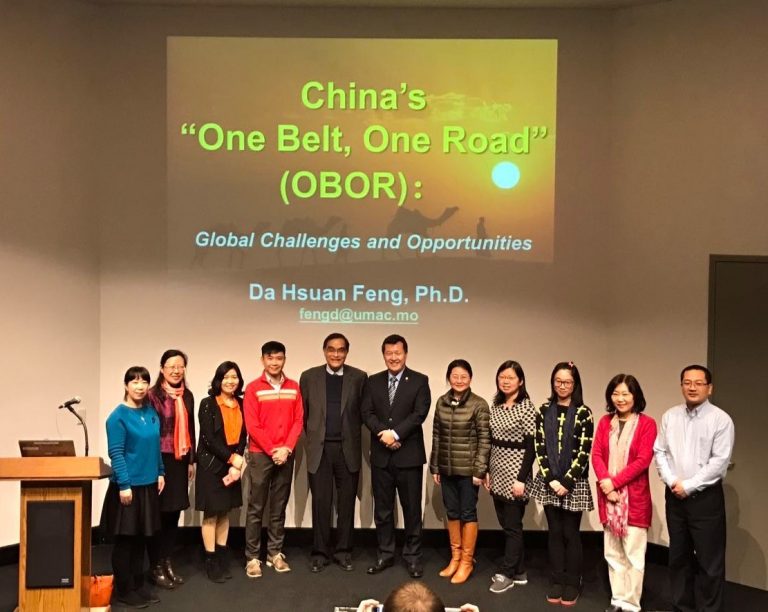|
Spring Confucius Institute Events
On February 4, the Wang Center Theater and Lobby were transformed by displays of Chinese and Asian culture, with traditional Lunar New Year decorations and tables full of arts and crafts from China, Korea, Japan and more. This annual celebration hosted by Stony Brook’s Confucius Institute offers a glimpse of Chinese culture to the Stony Brook community, and actively engages them in learning more about China’s cultural heritage and history. Picture: Confucius Institute Chinese New Year 2017 Community members of all ages were invited to watch and learn Chinese calligraphy, paper cutting, painting and more during an open session in the Theater Lobby. The exhibitions were followed by a sold out performance of traditional Chinese dance and music emceed by two Confucius Institute Chinese language students. Festivities kicked off with Shaolin Kung Fu’s spectacular lion dance. Accompanied by drum music, four lions roamed the aisles and stage, playfully interacting with the audience. The lion dance was followed by traditional Chinese songs and dances performed by the Long Island Chinese Dance Group, students from Harbor Country Day School, and professional Sichuan Opera Face-Change performer, Peng Li, among others. The evening concluded with a traditional Chinese reunion dinner, the most important family meal of the year, where guests were treated to a Chinese buffet.
The Confucius Institute and Office of Global Affairs were delighted to welcome Dr. Da Hsuan Feng from the University of Macau to campus to discuss China’s One-Belt-One-Road (OBOR) initiative on February 3. Dr. Feng, Director of Global Affairs and Special Advisor to the Rector, discussed the OBOR proposal to revitalize the ancient silk route and increase China’s connection to western countries. In particular, Dr. Feng noted the importance of gaining India’s active participation and support if the project is to succeed. He placed emphasis on India’s successes in acculturating to Western societies and languages, and how it can serve as a bridge between China and the West. Video from the lecture with commentary from visiting professor Ambassador Harsh Bhasin can be found on the Global Affairs website. |


